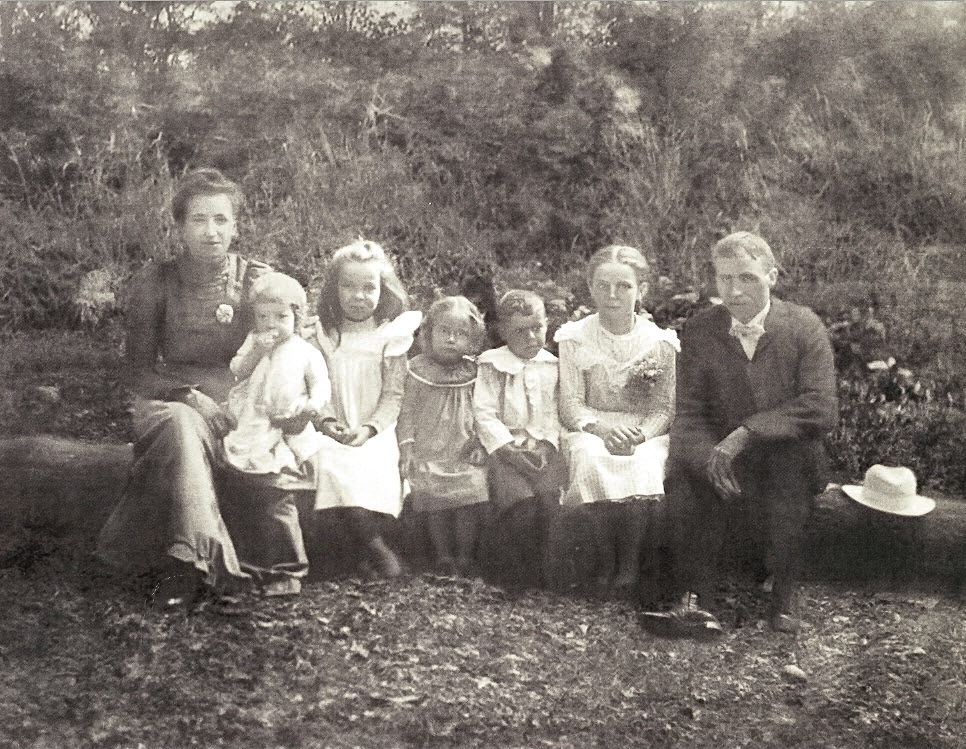WOMEN WORKING ON THE D&R CANAL
By Vicki Chirco
Some history is more thoroughly recorded, saved and shared than others. A person, location, or event becomes notable for any number of reasons and is documented, photographed and/or recorded in various ways to survive for future generations to study, debate, interpret and discuss. Other stories, while equally significant but without a prolific recorded footprint, are more difficult to discover and as such only narrowly survive the passage of time. As a result, those contributions to the larger American narrative stubbornly remain hidden, undervalued, forgotten and/or untold. Such can be the case with the stories of women and those are many, varied and no less worthy of telling! In an attempt to include those stories, we dove into the recorded documents to look for evidence of the women who lived, raised families and worked along the waters of the D&R Canal.
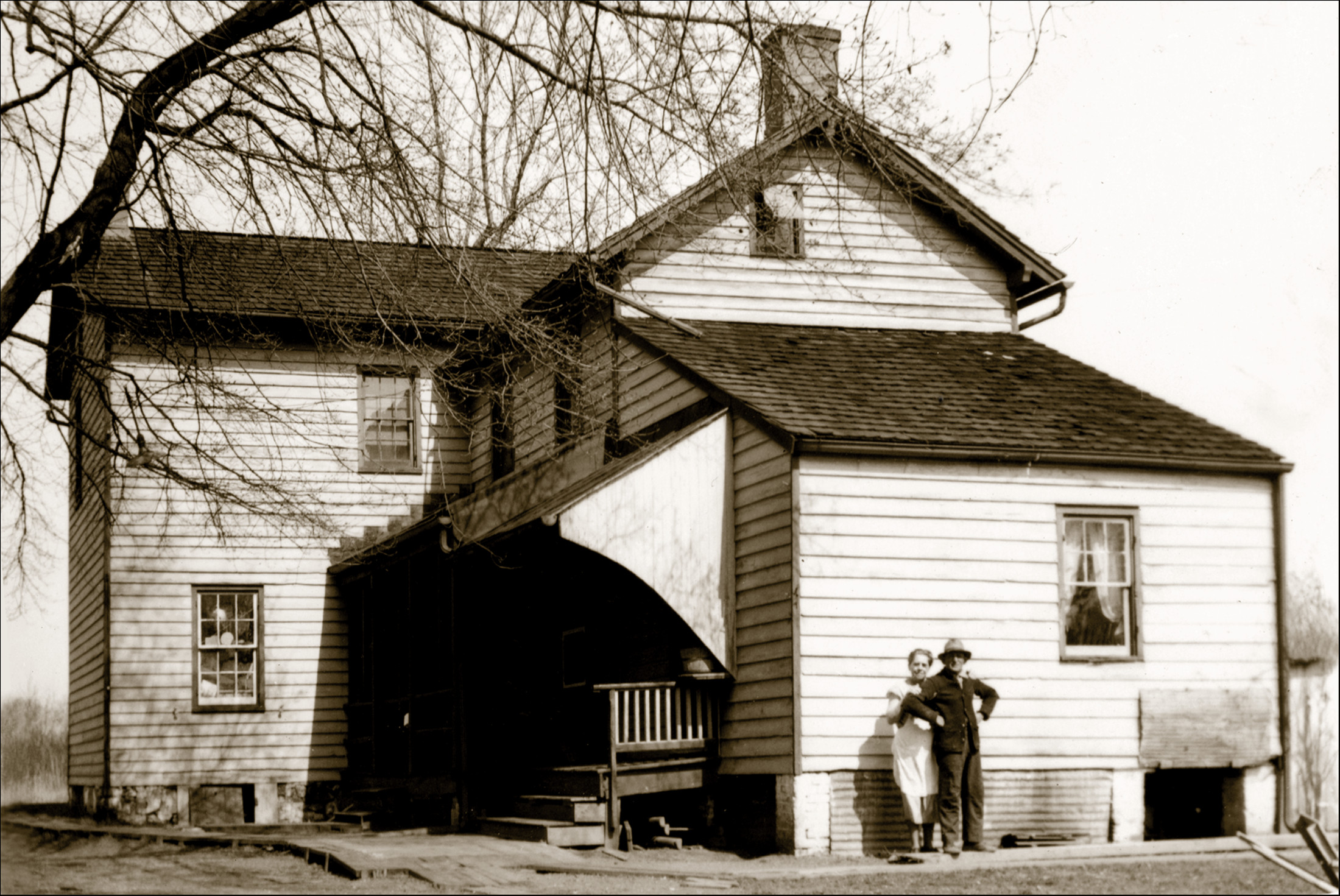
The records revealed that women played an active role in the day-to-day operation of the D&R Canal. A look into the census sheets of the many towns through which the waters of the canal flowed revealed the names of women who were described on the lists as bridge tenders defying both the stereotype of the male bridge tender and the strict 19th century female “sphere of domesticity." Typically these were the widows of men who were initially assigned to a bridge crossing location. The records reveal that the Canal Company (and later the Pennsylvania Railroad) allowed widowed women to remain in place and take over the bridge tending duties often with the assistance of children or other family members. In this way these women were able to earn a stable income and, equally important, continue to provide housing for themselves and their families. In some cases, unmarried daughters took over the bridge tending duties for elderly fathers and in others, wives tended the bridge while husbands were employed elsewhere.
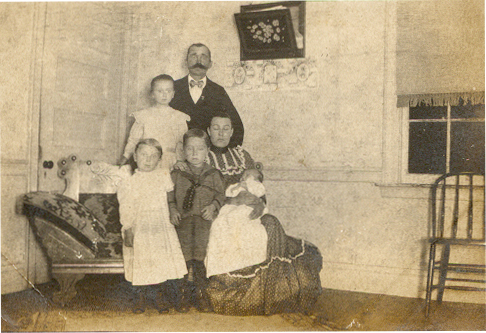
One of the earliest recorded examples was at East Millstone with the mention of Catherine Bush in the 1840 Canal Company Report as tending the bridge upon the passing of her husband. She appeared in the 1840 census in East Millstone heading a household of three women presumably in the bridge house; the oldest in her 50s (likely Catherine herself), the next in her 30s (perhaps her daughter) and the youngest a girl between 10 and 15 years old (maybe a granddaughter). No doubt all had a hand in operating the bridge until the family moved on. Catherine’s early employment at the D&R among a sea of male tenders may have been unique but in time others followed such as Elizabeth Blaney. In 1857 her husband Hugh (the first bridge tender assigned at bridge #18) died of typhoid, leaving Elizabeth and her five children to tend the bridge for a time at Griggstown.

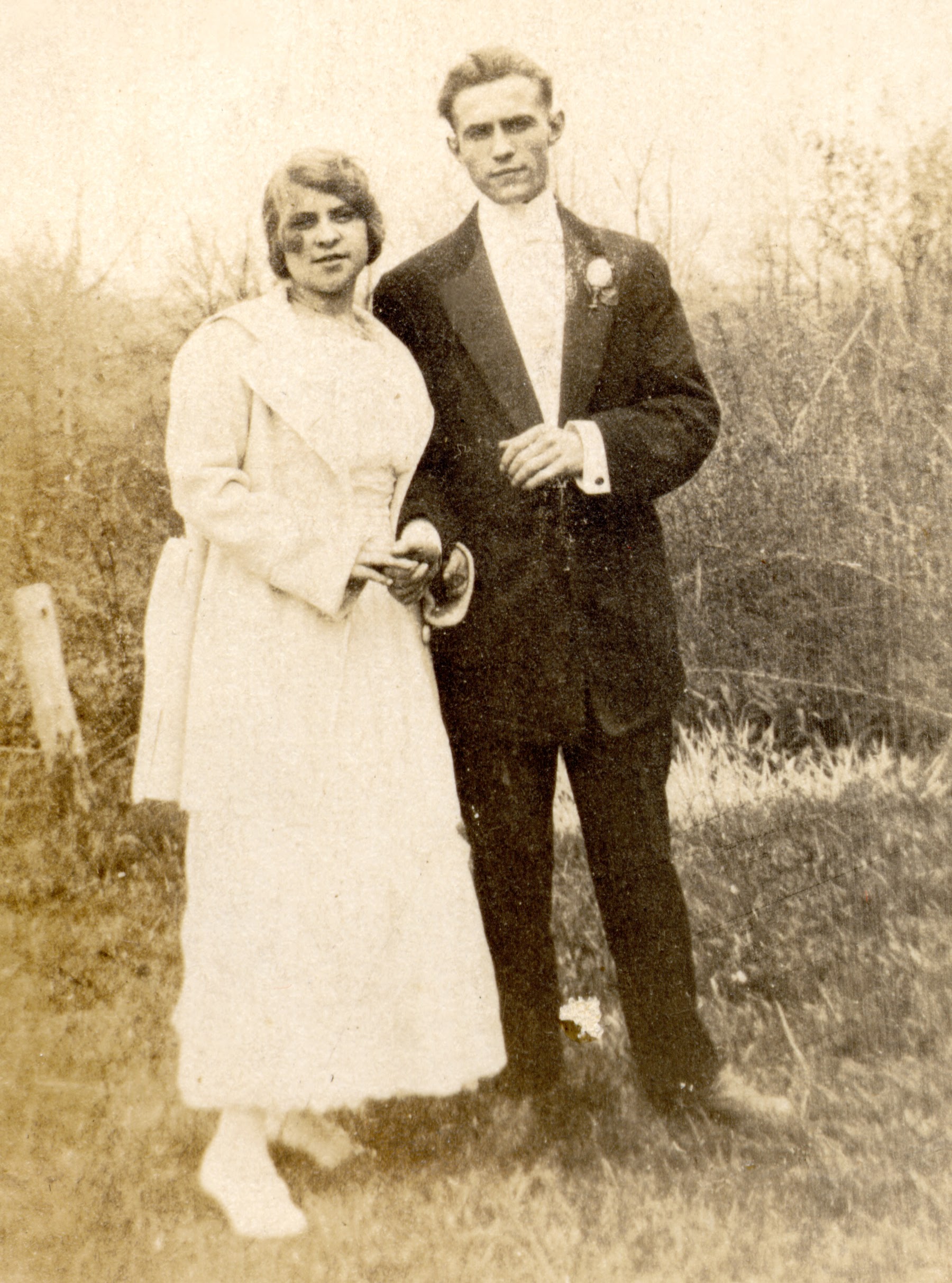
Among the more intriguing finds was that of Francis “Fanny” Stults of Kingston. Francis, born in 1833, came from a “canal family.” Her father was Israel Reed, the first lock tender at Griggstown. She grew up in the lock house along the canal, likely helped her father with his duties at lock #9 and no doubt became well acquainted with boaters, canal laborers and other tenders. Eventually both she, and her younger sister Annis Rebecca Reed, married men who became bridge tenders. Annis married Henry Fabian who was first a boatman but appeared in 1870 census in Franklin Township (possibly at Blackwells Mills) as “bridge tender” and then by 1875 was located at the Cass Street bridge in Trenton along with their six daughters and son. Henry’s long tenure at the Cass Street crossing stretched over 25 years; he and Annis were still located at the bridge house in 1900. Francis Reed married Henry Stults who briefly held the tender position at the bridge and lock at Kingston. Clearly living a canal life was passed along in the Reed family!
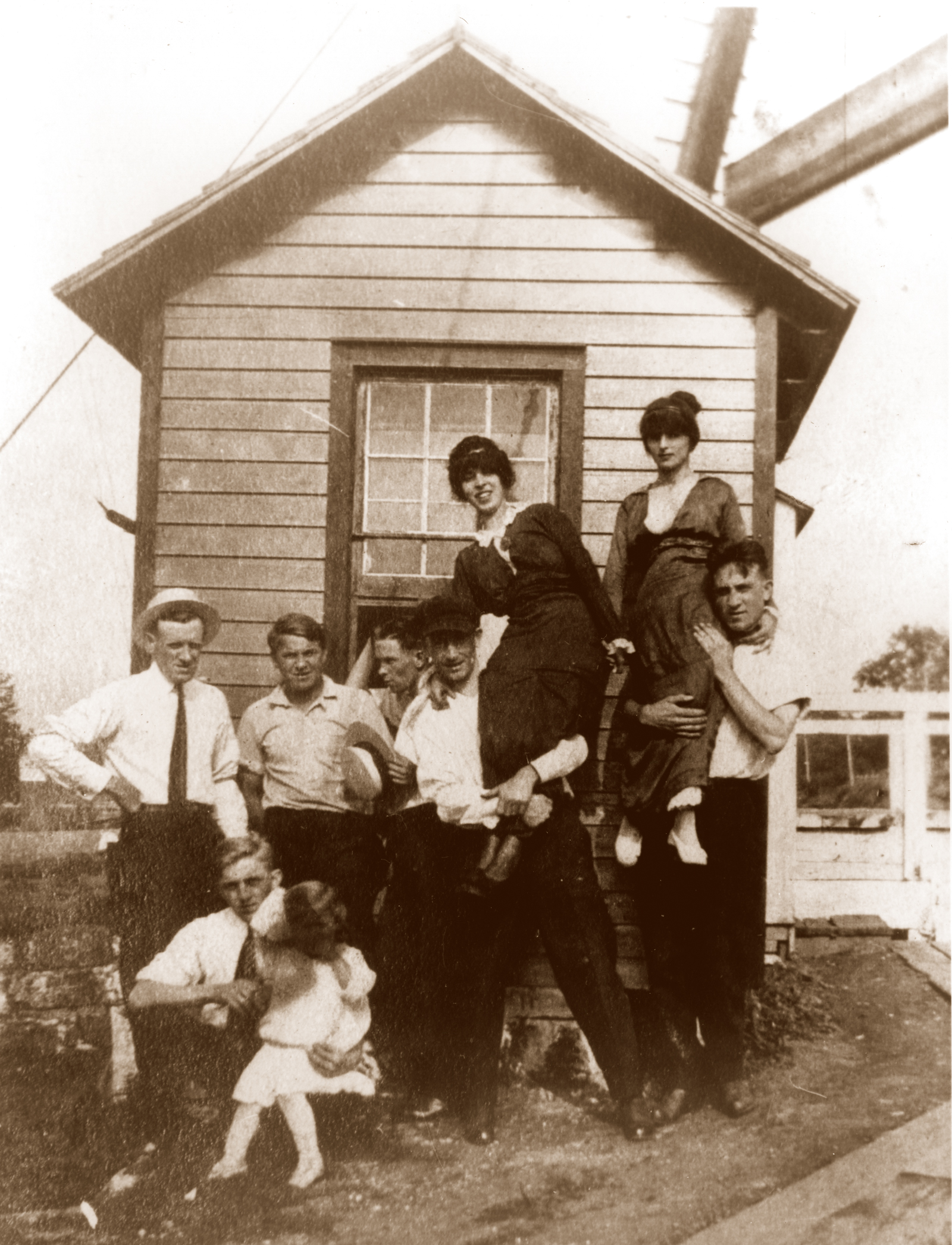
Henry Stults grew up in a farming family along Ridge Road in South Brunswick Township. He married Frances Reed in 1854. When he registered for the Civil War draft in 1863, his occupation was recorded as bridge tender. Sadly, Henry Stults died young at 35 years old in 1868 leaving Francis a widow in her late 30s with four children in her household - the oldest daughter Carrie was 13 and her youngest, Fanny, was newly born. She never remarried but rather set about providing for her family on her own, a testament to her resilience. In both the 1870 and 1880 censuses she is listed as the head of the household and “keeping house.” But by 1900, at 65 years old, she appeared in the census records as both the head of the household and bridge tender at the “Little Valley/VanDyke Bridge” in Rocky Hill. Francis’s daughter Fannie had married Charles VanDyke in 1889 and they lived in the bridge house along with their daughter Edna and Fanny’s as yet unmarried younger half-sister Kate. While Charles was part of the household in 1900, he worked as a “kilnman” in the terra cotta factory down the road. The crossing may have taken on his family surname but it was Francis, and no doubt her daughters Fanny and Kate, who operated the bridge. It was Francis “Fanny” who was listed as the bridge tender and was remembered in her Trenton Evening Times obituary as “the oldest pensioner of the Delaware and Raritan Canal” and “well-known in this community.” She passed away in 1919 at the age of 85 and was laid to rest in the Millstone Cemetery. She remained a widow for 51 years; she never remarried! Her daughter Fannie took over the bridge duties for a time after her mother’s death.
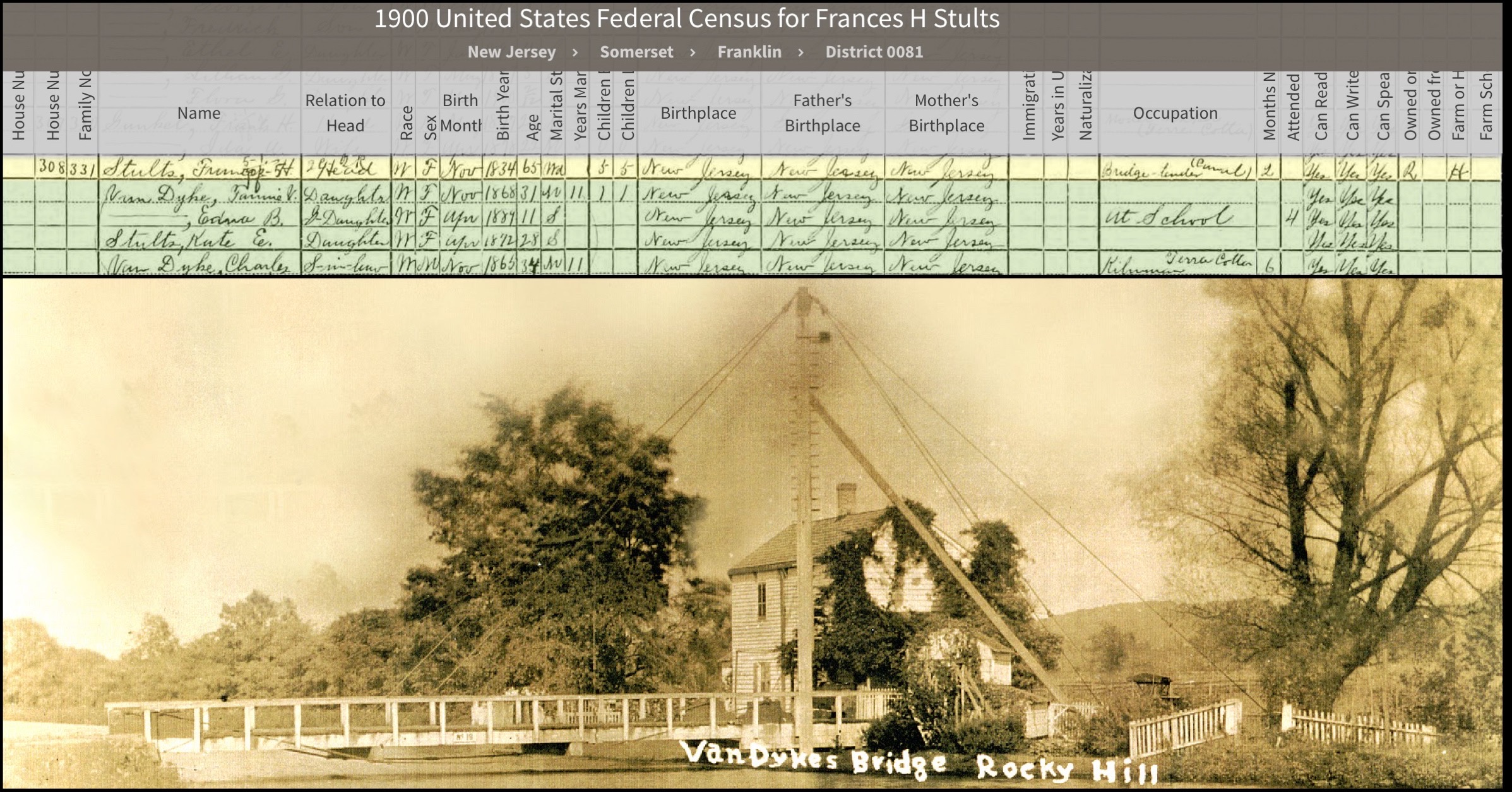

Joining Catherine, Elizabeth and Francis were several other women discovered in the census records. Among them were Anna Lahey at Rocky Hill in 1910 who took over the bridge tending duties upon the passing of her husband Timothy; widowed “Mame” Ahern and her daughter Mary who operated the bridge at Blackwells Mills in 1910; unmarried Mary Dorley at Cherry Tree Lane who assisted her elderly father Andrew with the bridge tending duties until her passing in 1920; Mary Hines at Asylum Road in Ewing Township who was listed as the bridge tender in the 1900 census while her husband Patrick was recorded as a farm laborer; Anna Grant who tended the bridge at Whitehead Road in 1910; and Catherine Ryan who was connected to the bridge crossing at Cadwalder Park in Trenton and then Bakers Basin in Lawrence Township for over 35 years! According to Catherine Ryan’s obituary, printed in the “Trenton Evening Times” on November 4, 1911, she “was well known to the boatmen traveling through the canal, because of her long service.” Similar words were said of Francis Stults but could likely have been repeated about “Mame” and Mary Ahern, Mary Dorley and the many wives, daughters and other female family members who lived, and worked, in the bridge and lock houses along the waterway - women who were as connected to the corridor and were as familiar to the boatmen, laborers, carpenters and other canal workers as were the men who are regularly associated with canal history.

These bridge tenders, the few women identified so far, represent the potential of a fuller, more nuanced telling of the D&R story and their contributions to it. They suggest that female family members were in fact more involved in the daily operations at the canal crossings, locks, boats and no doubt elsewhere along the waterway. Women such as those pictured here - Anna, Fannie, Carrie and Ethel Arrowsmith - the wife and daughters of John Arrowsmith, the last bridge tender at Port Mercer and many others like them.
Clearly there is more to uncover and a richer story to be told. Let the research continue! Women’s history IS American History!
Learn More
Special thanks to Cliff McCarthy for his contributions and sharing his research regarding his ancestor Francis Stults.
A History of the McCarthy, Machen, Cooke & Beers Families

